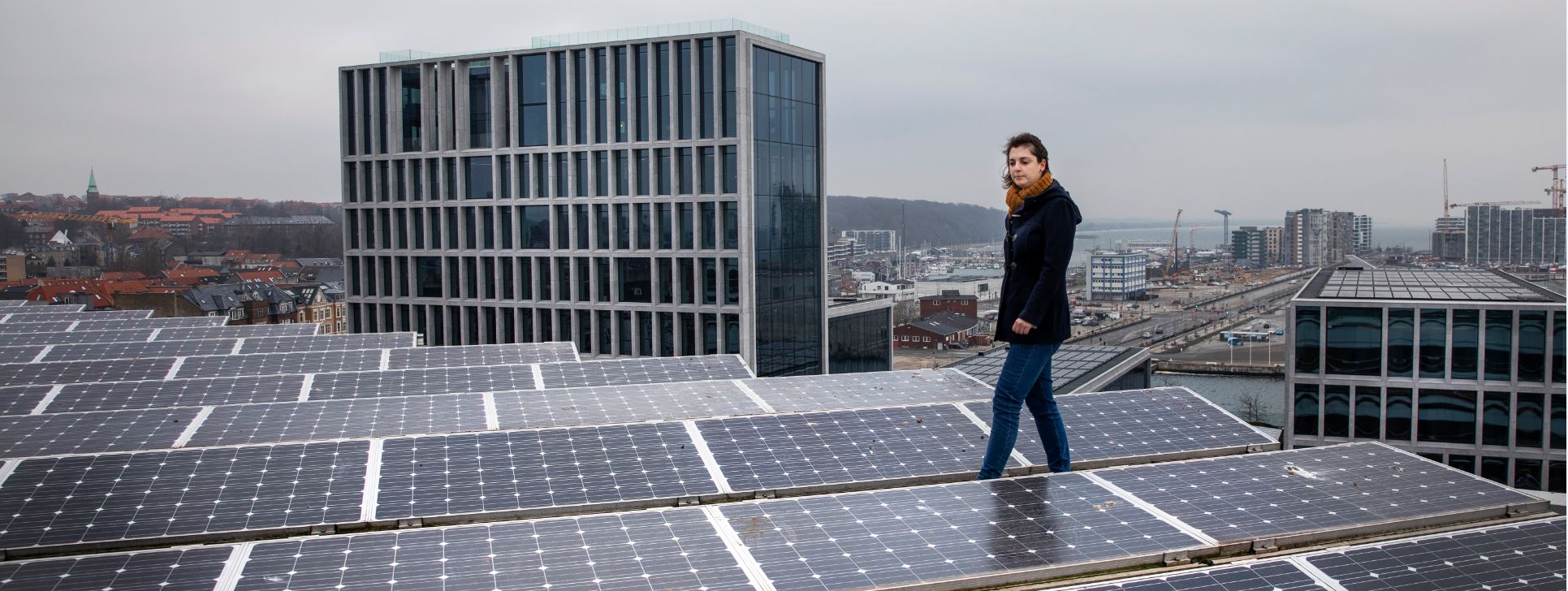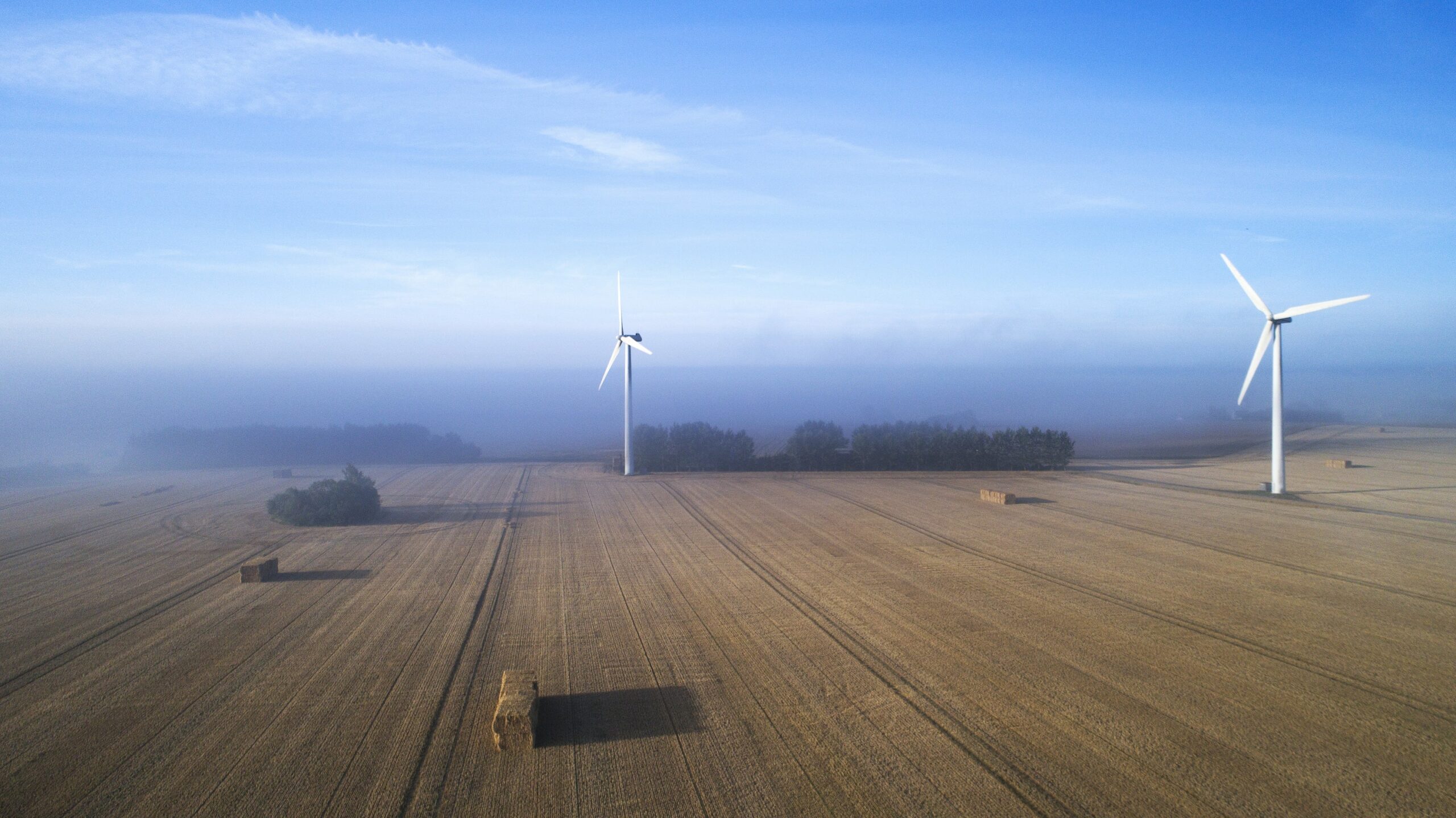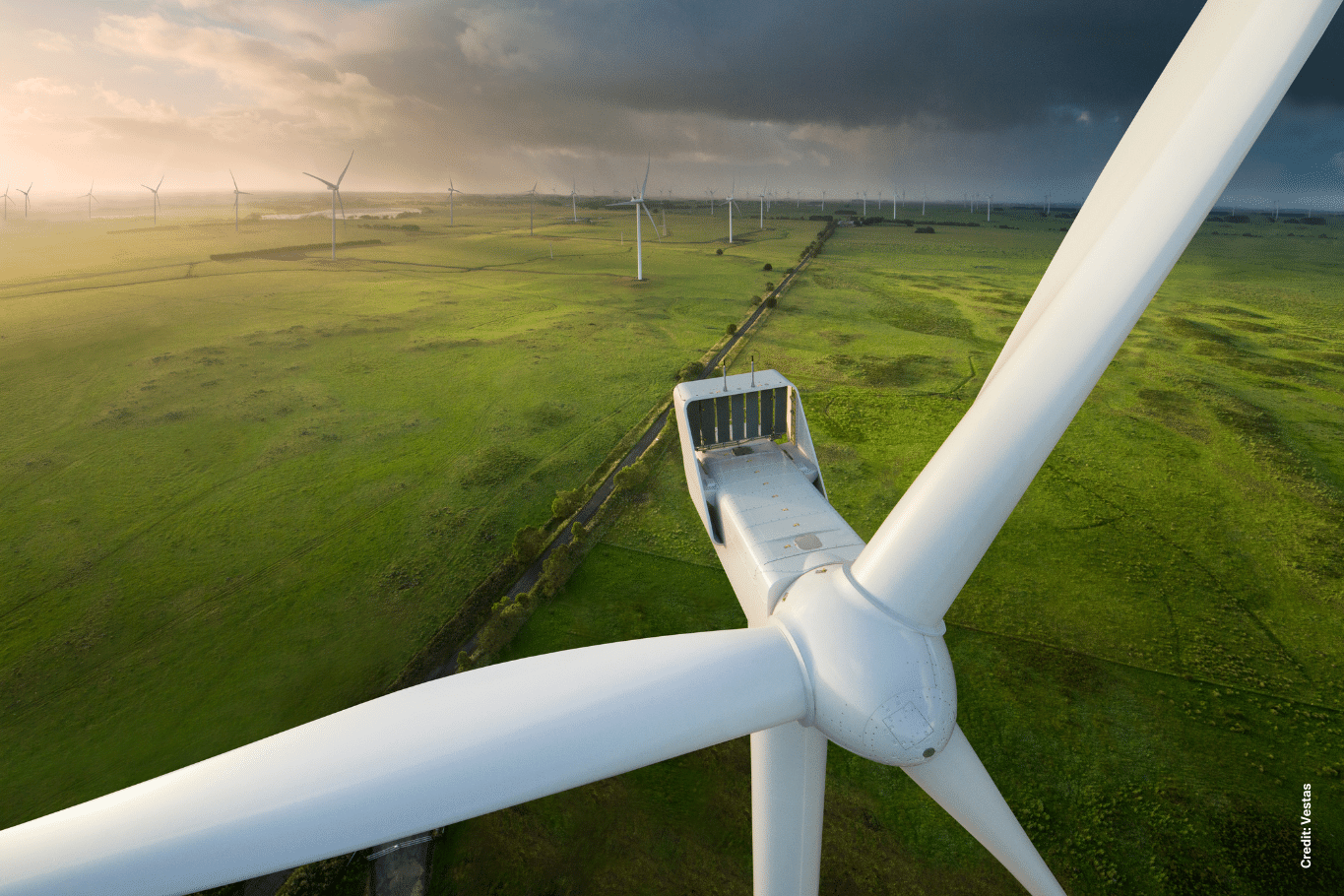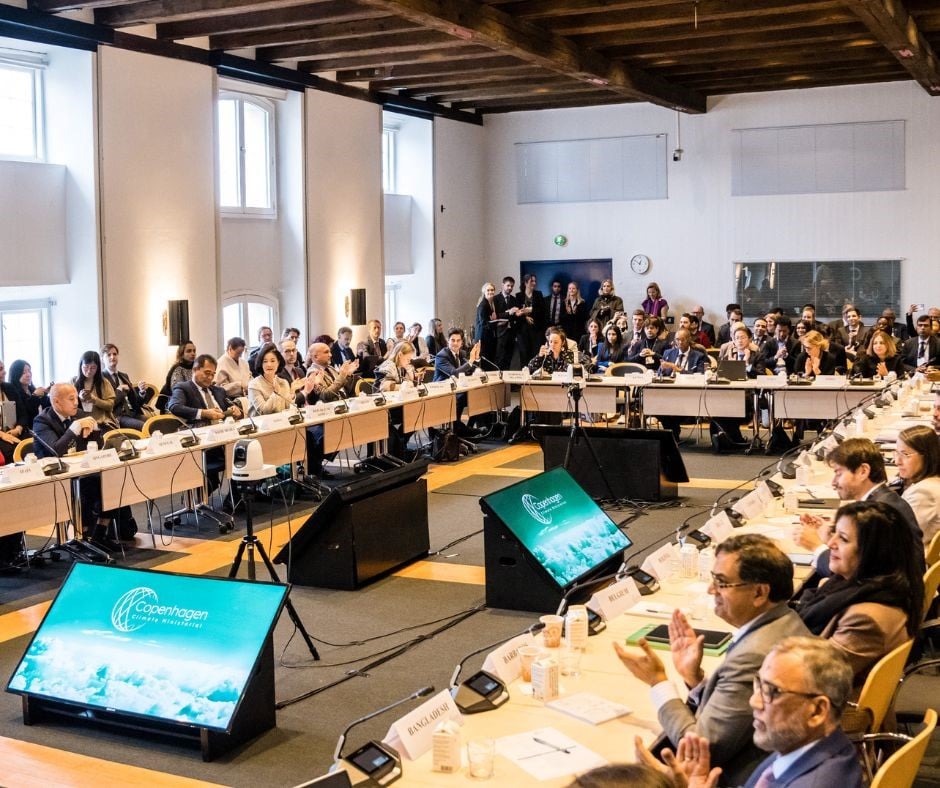News
Solar energy
Solar energy broke records in 2018
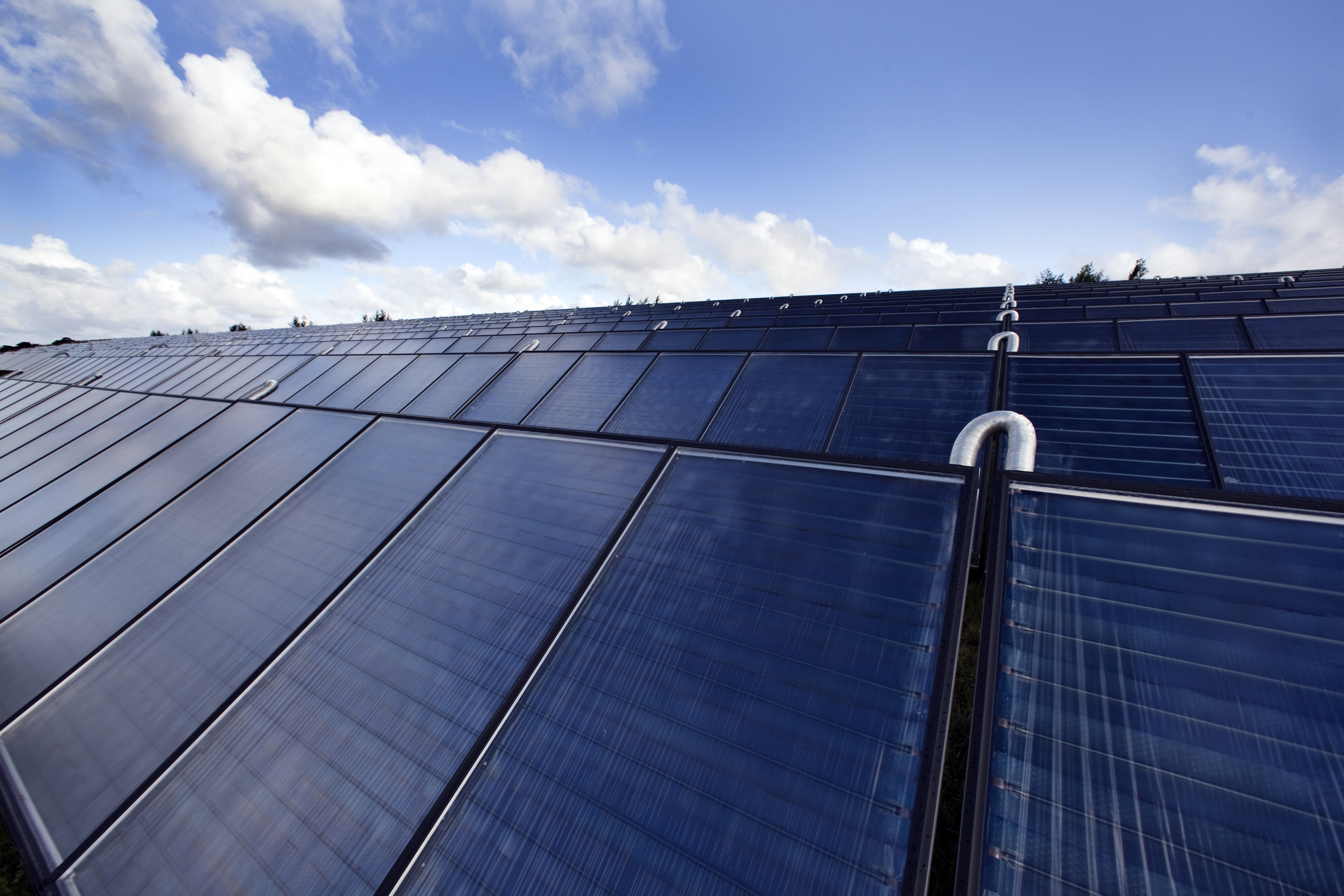

In just six years, the share of power from solar energy has increased from 0.3 per cent to 2.8 per cent, while the 2017 solar share was 2.3 per cent.
Whereas solar energy broke records, wind performance slightly declined in 2018, with the share of power generated from wind turbines decreased to 40.7 per cent – a share that is just below the 2017 record of 43.4 per cent.
Consequently, the total share of solar and wind energy in 2018 was lower than in 2017, yet when examining a longer period of time, the total share of power from wind turbines and solar cells has more than doubled compared to 10 years ago.
[caption id="attachment_90806" align="aligncenter" width="800"]
“The hot and calm summer weather influenced the 2018 results. There is, however, a big possibility that we will break the wind record again in 2019. If we experience a normal average of wind, we might be able to achieve a wind share of 50 per cent, since the offshore wind farm Horns Rev 3 located near Esbjerg in Denmark will launch early this year,” said Carsten Vittrup from Energinet’s Electricity System Management.
-Related solution: AURORA solar system
More solar and wind records ahead
It is anticipated that solar and wind energy will break multiple records in the years to come. In addition to Horn Rev 3, the new large offshore wind farm Kriegers Flak located in the Baltic Sea will be put into service alongside other coastal offshore wind farms.
The high share of wind and solar energy means that the energy system has to manage hours and days with high power production from wind turbines and solar cells, which may exceed the electricity consumption, as well as periods of calm and cloudy weather when the Danes still need electricity supplied. Reliability of the power system depends on the support of the Danish power plants, the strong international connections and a large interconnected European power market where Danish producers can buy and sell power in the market.
According to the government’s energy agreement, power generation from renewable energy sources is expected to exceed the Danish electricity consumption by 2030.
“We are currently managing far bigger shares of renewable energy from solar and wind than we ever thought possible a few years ago, and, in addition, Danish security of electricity supply ranks among the best. In the following years, Energinet aims to strengthen the development of the power market and power infrastructure in close cooperation with the authorities, the energy industry and other stakeholders. It will be a significant task to create the right conditions for further progress in the areas of digitalisation, consumption flexibility and sector interconnection, which can support a more efficient integration of renewable energy into our power system,” said Søren Dupont Kristensen, CEO of Energinet’s Electricity System Management.
-Related solution: Solar cells to power parking pay stations
Highest numbers in solar energy 2018
The hour with the highest solar production:
2 July 2018, from 1 pm. Production: 715MWh.
The hour with the highest share of solar energy:
6 May 2018, from 1pm. Solar share: 21.5 per cent.
24 hours with the highest production of solar energy:
2 July 2018. Production: 6.4 GWh.
24 hours with the highest share of solar energy:
20 May 2018. Solar share: 8.5 per cent.
Highest numbers in wind energy 2018:
The hour with the highest wind production:
23 October 2018, from 2pm. Production: 4.850 MWh.
The hour with the highest wind share:
22 September 2018, from 4am. Wind share: 149 per cent.
24 hours with the highest wind production:
23 October 2018. Production: 107 GWh.
24 hours with the highest wind share:
22 September 2018. Wind share: 110 per cent.
-Source: Energinet (In Danish)
